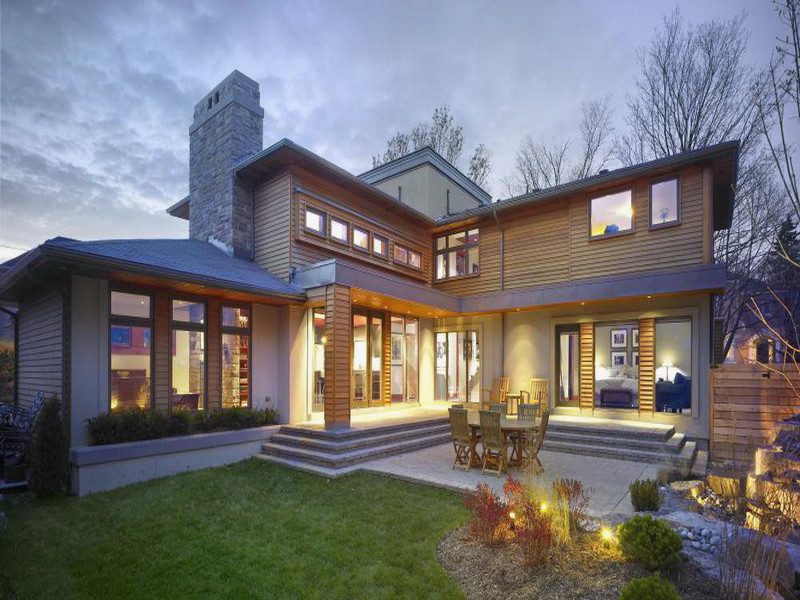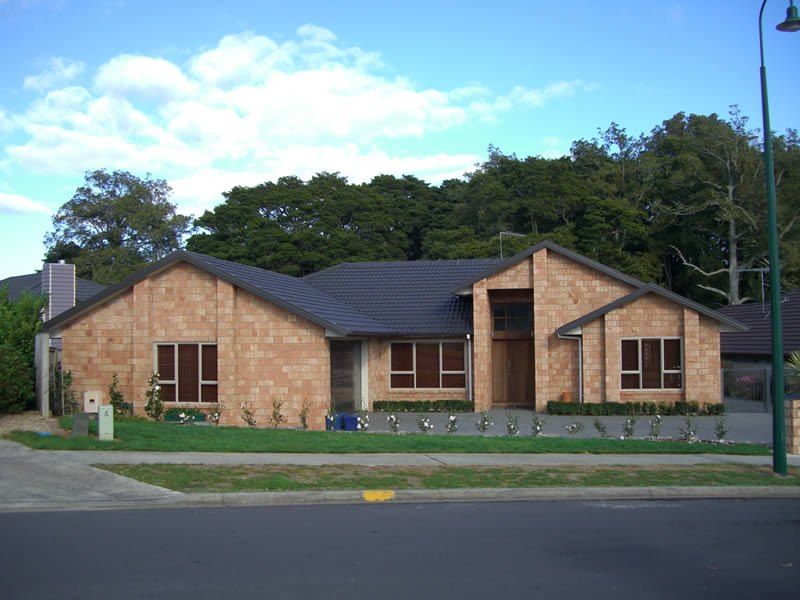The very finest and most important architectural firms and experts in the world understand that they have a responsibility to design buildings and structures that are sustainable in the processes of building and refurbishment, but also in the way that they are designed and structured in order to survive for a long time into the future. The key word for many modern architects is that of adaptability. It is a key concept, where sustainable materials in the design and build of a project are utilised, without having to worry about the integrity of the structure in question or the design and aesthetic levels that are being appealed for. There are numerous ways in which this approach can be achieved, using both modern, sustainable techniques and methods in combination with the traditional processes and design concepts that have become ingrained in the way that architects and designers have successfully practices for generations.

How can we define a building as a sustainable one? There are a few factors to consider, with one of the more easily definable that of the thermal qualities of the building. If these levels are stable, with local and traditional materials helping to create solid walls you have a good foundation to build from. Windows are designed and positioned to correspond to the local conditions, allowing for the right levels of light and ventilation. When looking to build sustainably in terms of energy consumption we can take our lead from the buildings of the past, where there was no energy or utilities to speak of and yet buildings were made to last a long time.
Traditionally, houses were built to keep cool during summer and to remain warm during the winter months. By utilising the design choices of the past and combining it with modern, sustainable materials you can create homes that will last for a long time into the future.

Sustainability also relates to the materials used in the construction process. Projects that look to local materials for manufacturing can factor into the project low energy technologies and a more sustainable outlook as a result. If you can use recycled materials at any point that too will help to boost the ‘green’ credentials of the build. Architects and designers are now looking to put together structural plans where sustainable, local materials can be used in this way.
A design and plan that offers minimalism is another approach to sustainable design and architecture, with lightly glazed buildings in the place of large glass pane windows, and the use of materials that don’t use up too much energy in the construction process and beyond. Modernist structures that have been built in recent times are often built with many glass panes, but may not be as energy efficient as they first propose.
This shouldn’t be that much of a surprise when you consider how many historical, listed buildings there are in the UK, and how they maintain integrity and sustainability whilst keeping the traditional methods of design and build. Combining both schools of thought is the best approach for the modern day, sustainable-thinking architect.






